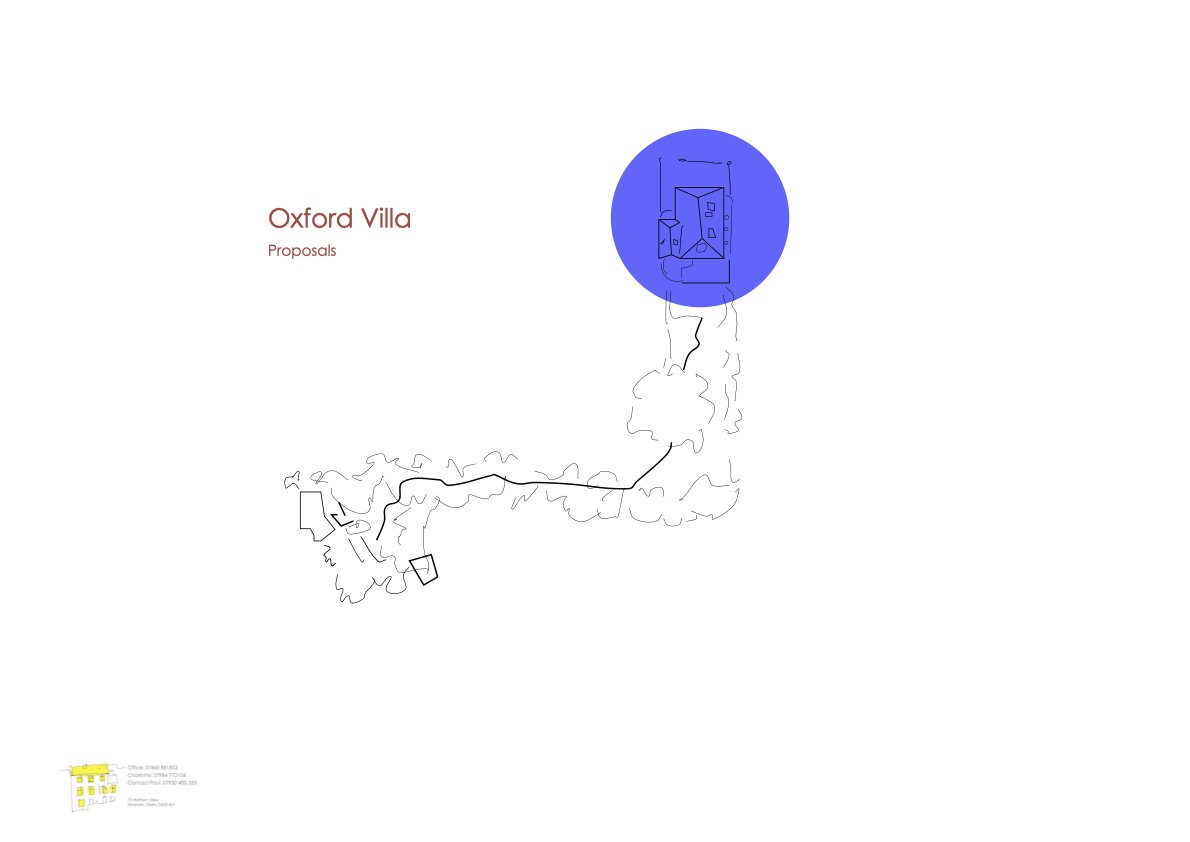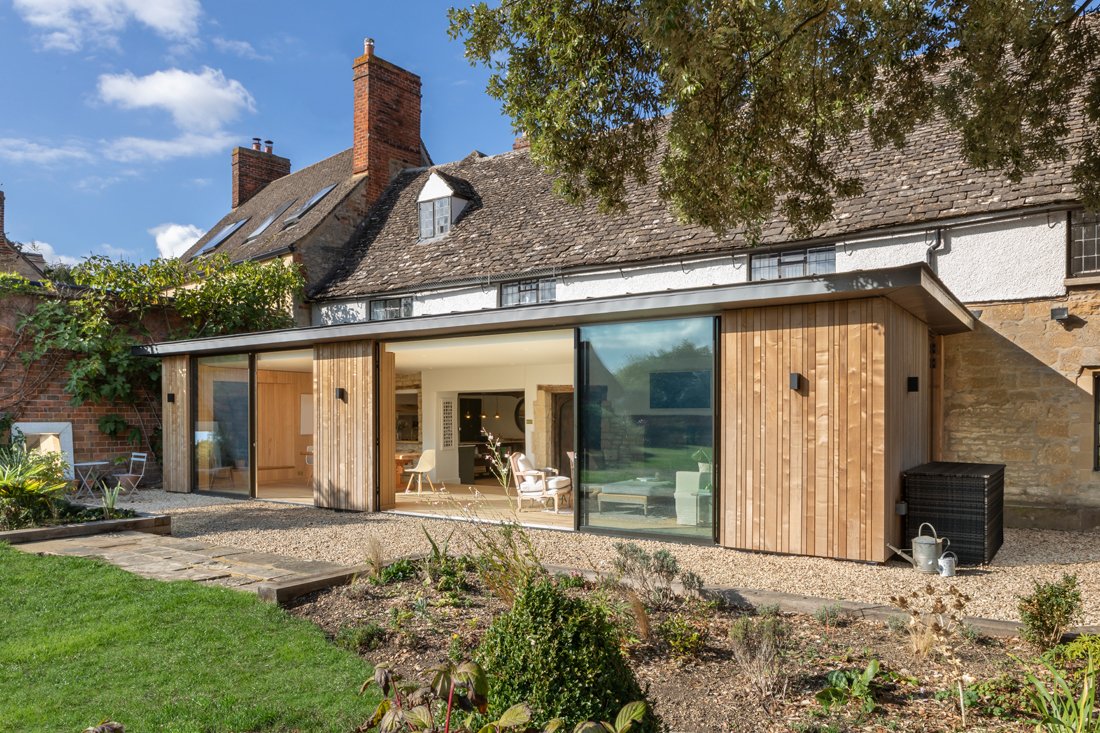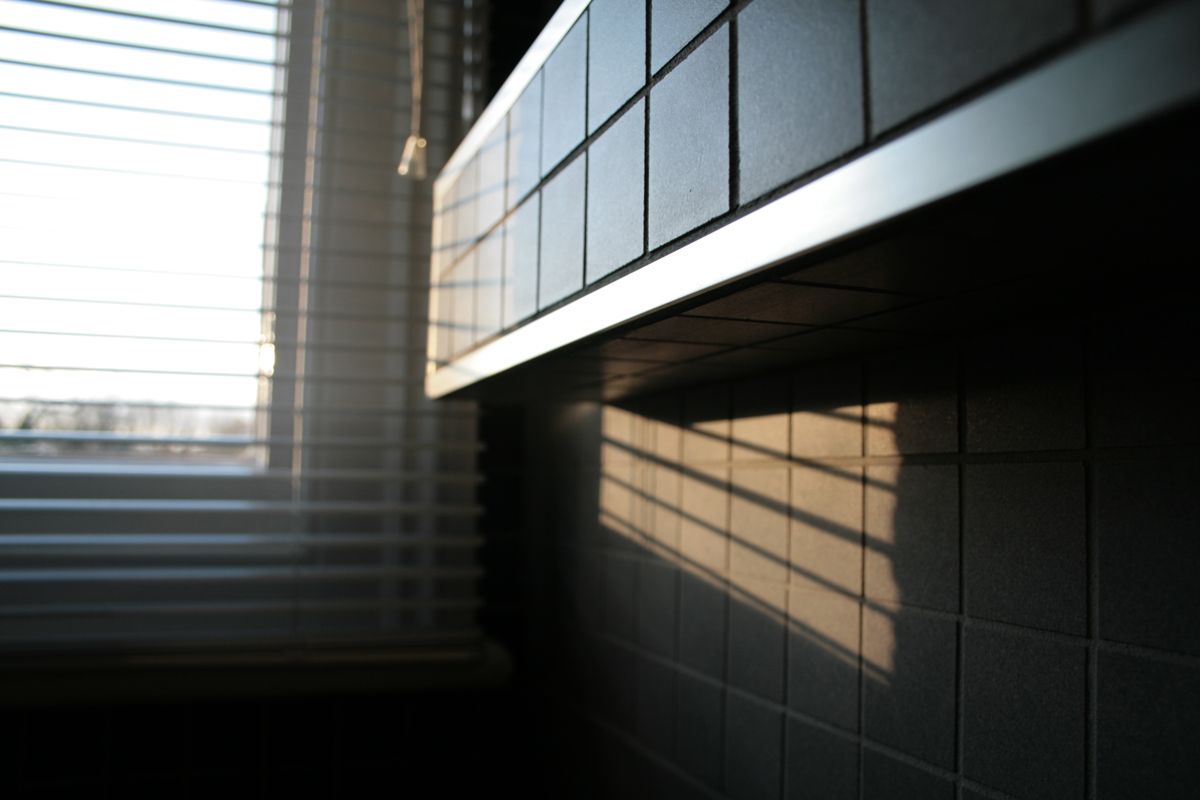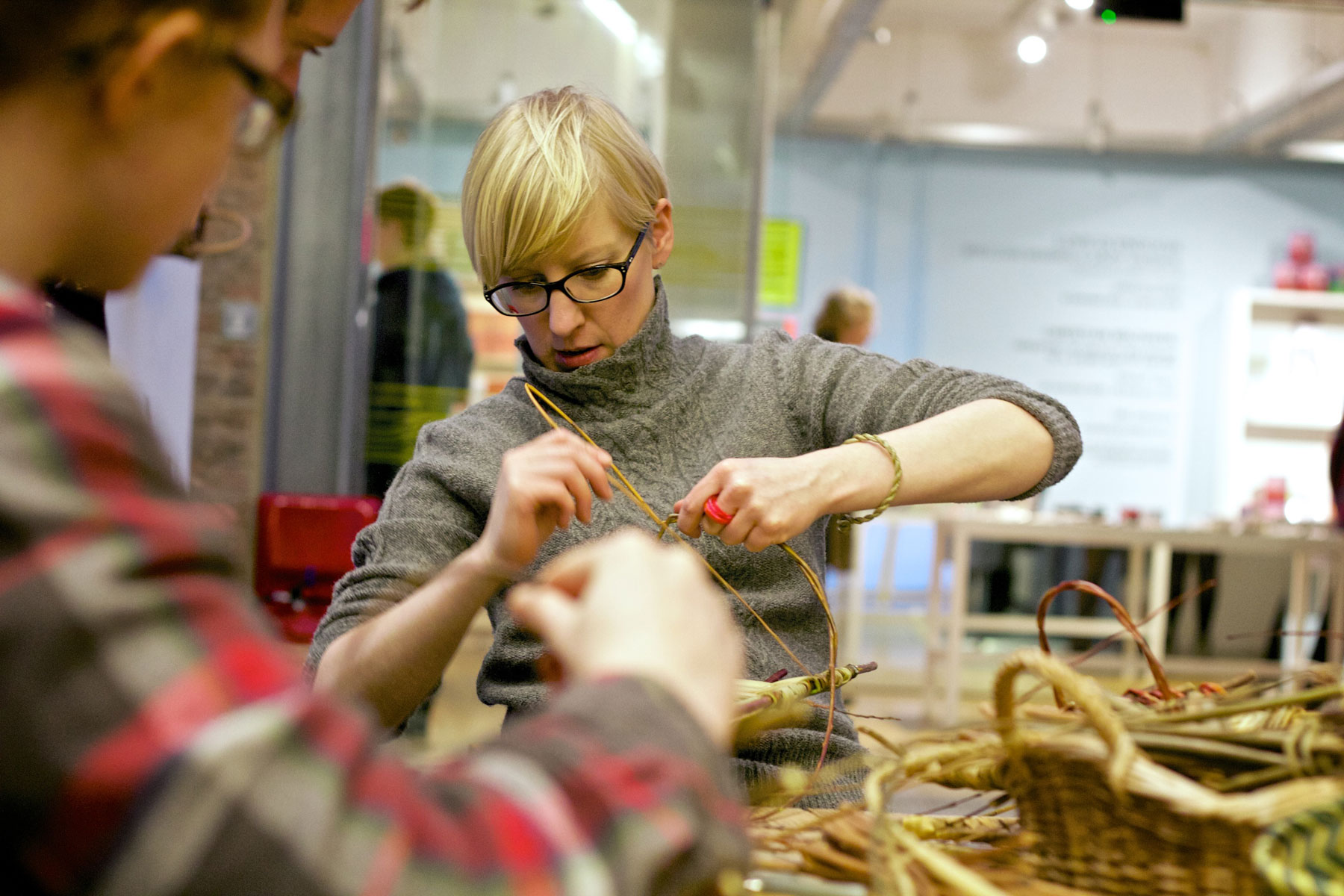On the eve of the 81st anniversary of D-Day, Harwell Science and Innovation Campus unveiled The Horsa Sculpture, a new war memorial created by Charlotte Holmes, and inspired by the iconic Horsa Gliders which took off from RAF Harwell.
We created this sculpture to commemorate the servicemen who took off from this site in June 1944. The sculpture honours the 6th Airborne Division, the No. 38 Group RAF, and the Glider Pilot Regiment for their pivotal roles in the D-Day landings.
The central form of the sculpture echoes the glider’s fuselage, where up to 28 servicemen sat, facing one another in near darkness, with no engine and no chance of turning back. As one glider pilot described it “there’s only one way, and that’s down, it’s like flying a brick”. Another pilot explains “The glider came down no matter what you did, so the training focused on landing”.
Inspired by extensive research and first-hand testimonies, the large-scale, immersive installation sits alongside the existing Harwell Memorial Stone and brings to life the experience of those who towed, piloted or were transported as passengers in the wooden Horsa gliders, which were designed to deliver troops and equipment deep behind enemy lines.
Surrounding the sculpture, engraved metal ingots embedded in brick paving contain fragments of testimony from those who flew, fought and survived. These personal reflections honour individual experiences within a powerful story of collective courage.






It’s estimated that 3,800 Horsa gliders were built during the Second World War, constructed almost entirely from 3-ply timber with a cotton canvas covering. The gliders were produced in furniture workshops and described by author H.A Taylor as being “the most wooden aircraft ever built…masterpieces of the woodworker’s skill”
RAF Harwell was home to the No. 38 Group RAF, 6th Airborne Division and The Glider Regiment. Crews took off from this very site on the night before D-Day as part of Operation Overlord, with a pathfinder mission to secure to secure safe passage for those who followed. The 6th Airborne Division remained on the front line for 82 days. They suffered 4,457 casualties - 821 killed, 2,709 wounded, and 927 missing.
It is so important to tell the stories of these young people who fought for peace. I wanted to commemorate them in a contemporary way, because war is not a historical concern. It has been an honour to learn about their experiences, and to share the stories of the young men who took off from RAF Harwell 81 years ago.
BBC news coverage
Read more about the piece and the history here
Harwell Campus has built a dedicated webpage to share more about the history of this piece. This follows the launch of the Harwell Heritage Trail, which commemorates the site’s military past, including a waypoint near the Memorial Stone where visitors can listen to the campus’s RAF history. The page is at https://www.harwellcampus.com/war_memorial/



Project details:
Designed by Charlotte Holmes, Rogue Designs
Fabrication by Buckland Timber
Ingots and signage by CR Fabrication
In collaboration with Harwell Science and Innovation Campus
The Horsa Sculpture is a publicly accessible sculpture, sited adjacent to the Harwell D-Day Commemorative Stone. Please see the map link below for directions.















































